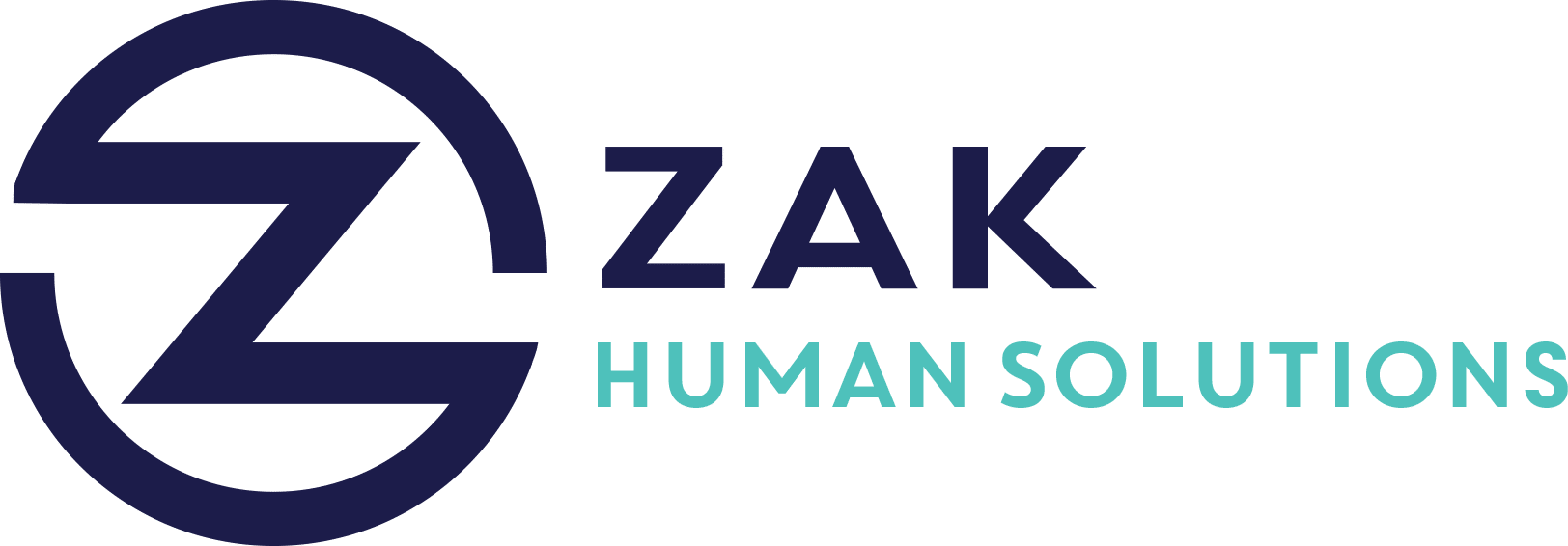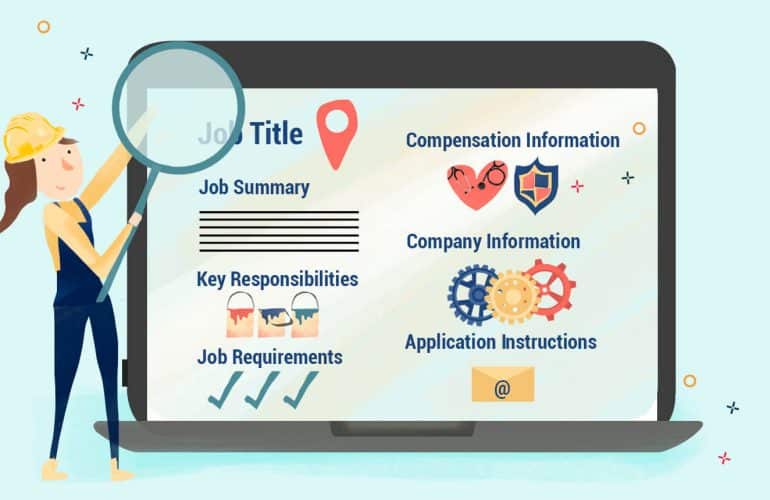Key Takeaways
- Employee engagement levels have remained stagnant, despite changes in the world; leaders need to focus on internal factors.
- First-line managers have a significant impact, influencing 70% of team engagement scores; their role is crucial.
- Traditional tactics, like standard recognition programs, are ineffective; unique strategies are essential.
- Stay interviews are vital; they provide insights into employee satisfaction before people leave the company.
- Managers should be trained to conduct meaningful stay interviews, focusing on individual experiences and fostering trust.
In a world where workplace dynamics are constantly evolving due to global events and technological advancements, maintaining and enhancing employee engagement remains crucial yet challenging. Despite significant changes and an increasing emphasis on employee welfare, engagement levels have stagnated. This blog post explores why focusing on managers and workplace culture is vital for revamping employee engagement.
The Stagnation of Employee Engagement
Over the past few decades, global events have drastically influenced workplace environments, from economic shifts to a worldwide pandemic that forced the adoption of remote and hybrid models. Surprisingly, despite these shifts, employee engagement levels have remained static and are trending downward. According to experts, this stagnation often results from a persistent reliance on outdated engagement tactics.
Why Managers Matter
The Influence of First-Line Managers
First-line managers are the frontline warriors in the battle for employee engagement. They significantly influence up to 70% of a team’s engagement score, highlighting their indispensable role. Their interactions, leadership style, and ability to foster a positive work environment directly impact how engaged and satisfied employees feel.
For organizations aiming to enhance engagement, investing in first-line managers is paramount. Here are some critical strategies for empowering managers:
- Leadership Training Programs: Equip managers with leadership and emotional intelligence skills that empower them to understand and meet the needs of their team members.
- Regular Feedback Mechanisms: Implement mechanisms for giving and receiving feedback. Encouraging open communication helps build trust and ensures that managers are in tune with their employees’ needs and challenges.
- Accountability and Support: Set clear engagement goals for managers and provide them with the necessary support to achieve these goals. Holding them accountable ensures a committed and focused approach to building engagement.
The Inefficacy of Traditional Tactics
Traditional employee engagement tactics, such as standardized recognition programs, are no longer effective. Employees desire more personalized and meaningful recognition that reflects appreciation for their unique contributions. Here’s why traditional methods miss the mark:
- Lack of Personalization: Generic programs fail to address individual motivators and needs.
- Absence of Real-Time Feedback: Annual reviews and recognition are not timely enough to impact an employee’s current engagement levels.
The Power of Stay Interviews
Stay interviews have emerged as a vital tool for understanding employee satisfaction. Unlike exit interviews conducted when it’s too late to retain talent, stay interviews provide actionable insights to improve the employee experience proactively.
Conducting Effective Stay Interviews
- Focus on Individual Experiences: Encourage employees to share what they enjoy and what challenges they face, tailoring engagement strategies to address these points.
- Ask the Right Questions: Questions like “What motivates you to stay?” and “How can we improve your work experience?” provide insights that drive targeted engagement strategies.
- Implement Feedback: Use the feedback to create personalized plans that enhance job satisfaction and retention.
Building a Culture of Engagement
Creating a culture that values engagement requires a comprehensive approach that integrates the perspectives of both top management and frontline employees.
Key Elements of a Positive Workplace Culture
- Transparency and Communication: Cultivate an environment where open communication is encouraged, and feedback is valued.
- Recognition and Appreciation: Celebrate successes and acknowledge individual contributions meaningfully and personally.
- Work-Life Balance: Support flexible working arrangements and respect employees’ time and commitments outside work.
Unlocking the full potential of employee engagement depends on the strategic focus on the influential role of first-line managers and the cultural framework of the organization. By equipping managers with the right skills and reshaping workplace culture, companies can foster an environment where employees are motivated, satisfied, and committed to their roles.




